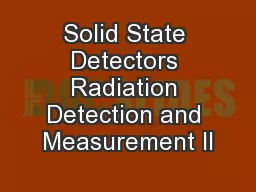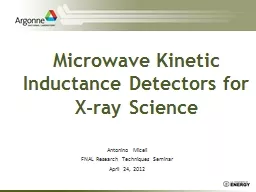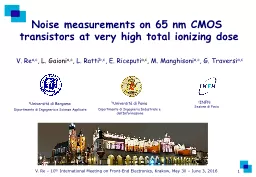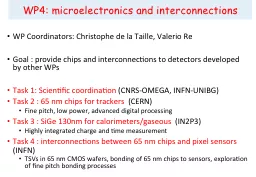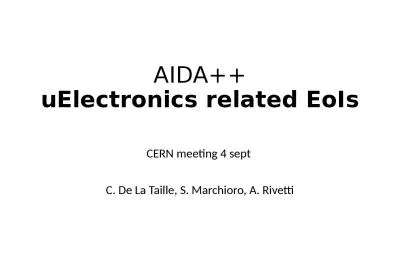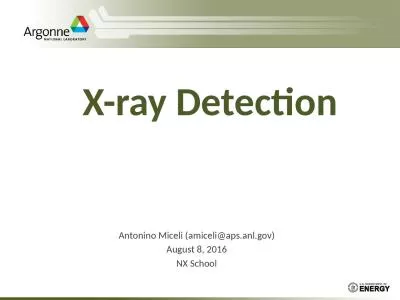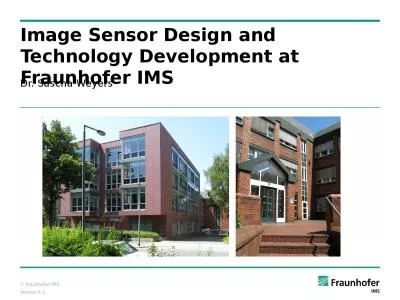PPT-CMOS Hybrid pixel detectors
Author : sportyinds | Published Date : 2020-07-04
Richard Bates amp Dima Maneuski Contents Motivation for hybrid CMOS Assembly 100316 R Bates 2 CMOS designs Depleted Monolithic Active Pixel Sensor HRmaterial charge
Presentation Embed Code
Download Presentation
Download Presentation The PPT/PDF document "CMOS Hybrid pixel detectors" is the property of its rightful owner. Permission is granted to download and print the materials on this website for personal, non-commercial use only, and to display it on your personal computer provided you do not modify the materials and that you retain all copyright notices contained in the materials. By downloading content from our website, you accept the terms of this agreement.
CMOS Hybrid pixel detectors: Transcript
Download Rules Of Document
"CMOS Hybrid pixel detectors"The content belongs to its owner. You may download and print it for personal use, without modification, and keep all copyright notices. By downloading, you agree to these terms.
Related Documents



